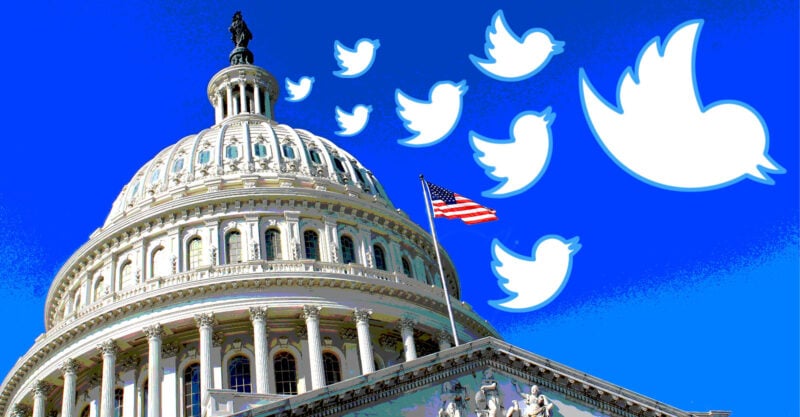by Michael Nevradakis, Ph.D., Childrens Health Defense:

Two new “Twitter files” document dumps, released Tuesday, reveal details about how the relationship between Twitter, the U.S. intelligence apparatus, and federal and state agencies was “formalized.”
Two new “Twitter files” document dumps, released Tuesday, reveal details about how the relationship between Twitter, the U.S. intelligence apparatus, and federal and state agencies was “formalized.”
TRUTH LIVES on at https://sgtreport.tv/
Journalist Matt Taibbi, in a long series of tweets, released the two latest “Twitter files” installments, which he titled, “How Twitter Let the Intelligence Community In” and “Twitter and the FBI ‘Belly Button.’”
The latest documents demonstrate how Twitter, despite some initial resistance, capitulated to stifling pressure from the government and from complicit media outlets and academic actors to crack down on supposed Russian and Chinese influence on the platform and to ban specific accounts.
Such pressure included threats by the Global Engagement Center (GEC) — an arm of the U.S. Department of State — to publicize a list of 250,000 Twitter accounts that were following “two or more” Chinese diplomatic accounts. According to Taibbi, this list was derived from Department of Homeland Security (DHS) data.
Following the release of this latest tranche of documents, Twitter owner and CEO Elon Musk drew attention to the U.S. government’s targeting of these 250,000 accounts, tweeting:
US govt agency demanded suspension of 250k accounts, including journalists & Canadian officials! https://t.co/kcEMMCzF7d
— Elon Musk (@elonmusk) January 3, 2023
Taibbi: Once the intelligence community entered Twitter, ‘it would not leave’
According to Taibbi, in 2017, Twitter quickly “went from believing it did not have a ‘Russia problem’ to permanently allowing the ‘USIC’ [U.S. intelligence community] into its moderation process” — resulting in the large-scale removal of accounts from the platform.
In the summer of 2017, “Twitter wasn’t worried” about having “a Russia problem,” Taibbi said. A Sept. 6, 2017, internal email from Colin Crowell, Twitter’s then-vice president of Public Policy, confirmed this, at a time when the “spotlight” was “on FB [Facebook].”
A “cursory review” by Twitter in September of that year led to the platform informing the U.S. Senate that it “suspended 22 possible Russian accounts, and 179 others with ‘possible links’ to those accounts.”
Senate Democrats, however, were not pleased with these “meager results,” according to Taibbi. Sen. Mark Warner (D-Va.), the “ranking Democrat on the Intelligence Committee … held an immediate press conference to denounce Twitter’s report as ‘frankly inadequate on every level.’”
The heat was on for Twitter, according to Taibbi, who noted, “After meeting with congressional leaders, Crowell wrote: ‘Warner has political incentive to keep this issue at top of the news, maintain pressure on us and rest of industry to keep producing material for them.’”
Crowell also noted that Senate Democrats “were taking cues from Hillary Clinton,” who just that week had said, “It’s time for Twitter to stop dragging its heels and live up to the fact that its platform is being used as a tool for cyber-warfare.”
This pressure and the “PR problems” Twitter faced led the platform to form a “Russia Task Force.” Despite utilizing “data shared from counterparts at Facebook, centered around accounts supposedly tied to Russia’s Internet Research Agency (IRA),” “the search for Russian perfidy was a dud” with “no evidence of a coordinated approach.”
Read More @ ChildrensHealthDefense.org



